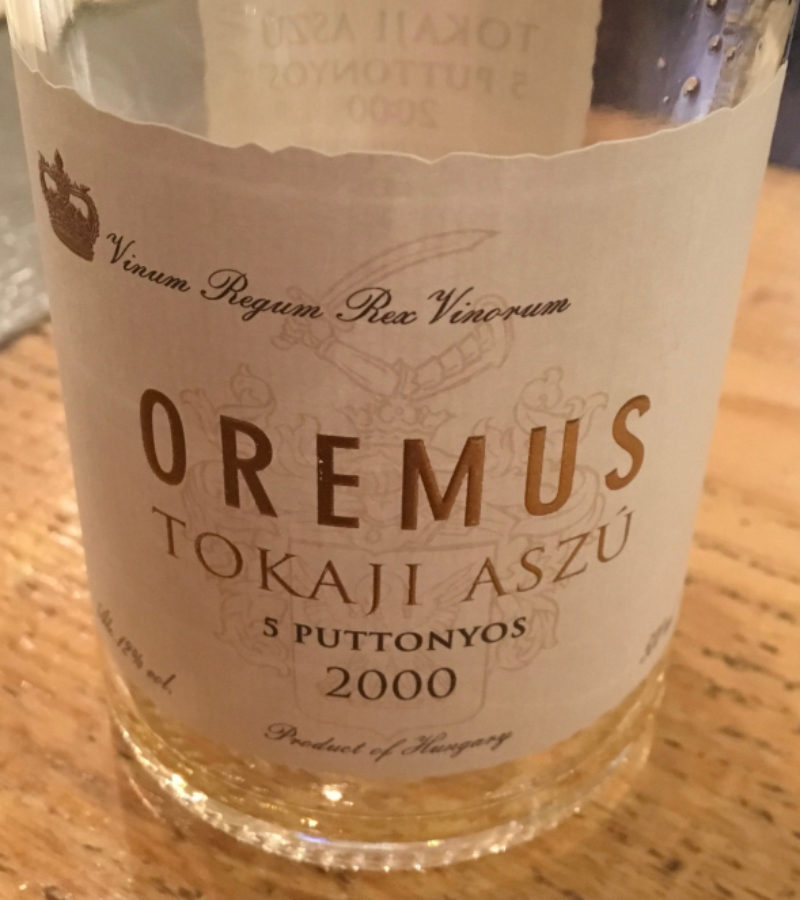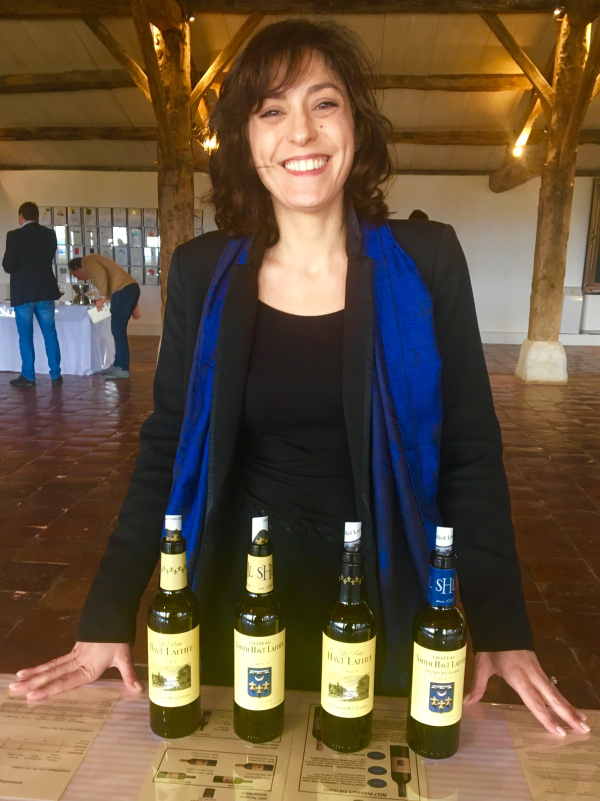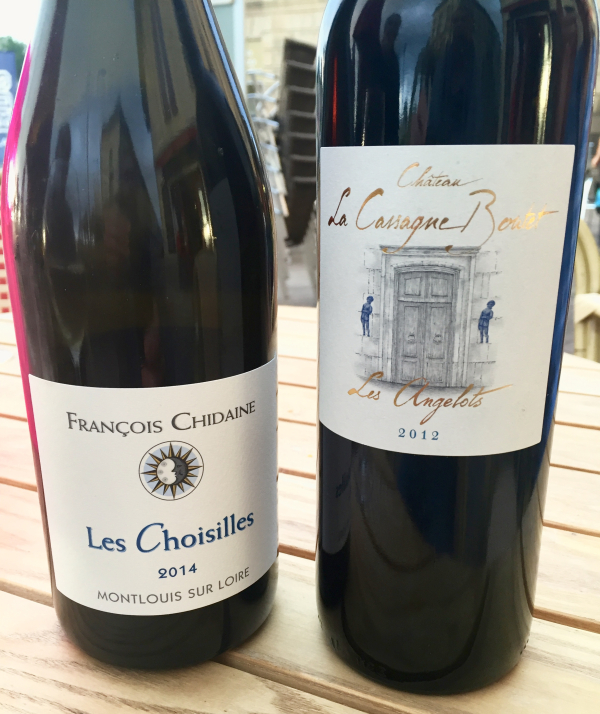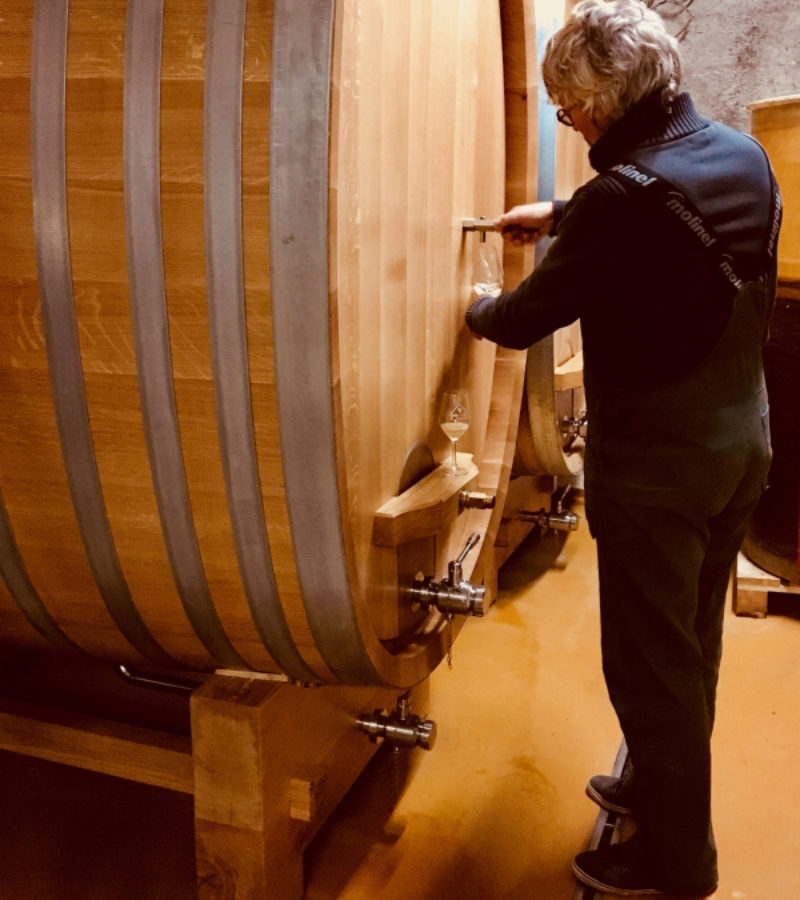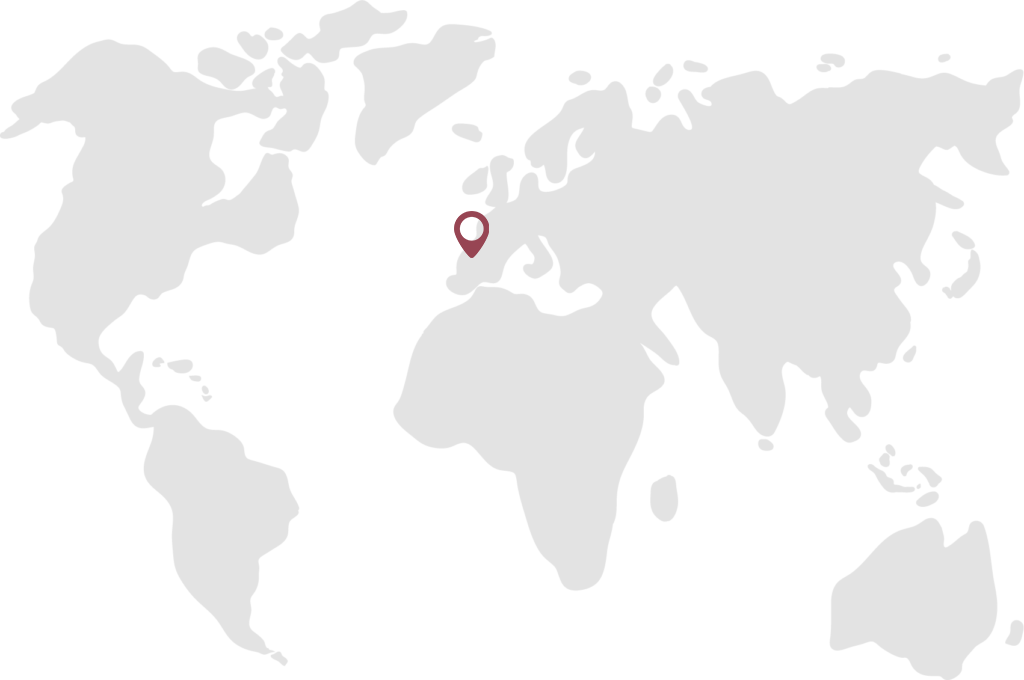Vino Value Algorithm
A few points about my Vino Value Algorithm.
The proprietary Vino Value algorithm identifies value by combining overall quality scores (from subjective personal ratings, after tasting a wine) with objective retail prices (per bottle sold at a winery). It was developed on the basis of methods learned from decades spent managing engineering and business projects throughout the world. Methods embodied include regression analysis, mathematical interpolation, price elasticity comparisons, weighted scoring and conditional formatting. It is also based on over 15 years of sampling and writing about thousands of wines and visiting over two dozen wine producing countries.

The idea for this Vino Value algorithm came to me in rural Bordeaux almost a decade ago when I was recuperating from a severe episode of ‘flu. Bedridden, I spent days assembling this before field testing the method in the U.S., France and other countries. A modified, simplified and more streamlined version was developed in the spring of 2024.
A few notes about the algorithm are below.
One.
We expect that as the price of a bottle increases, so should the quality of the wine inside. This is not true. Take any issue of a renowned wine publication, such as Wine Spectator, and for a specific region (say, the Anderson Valley of California) if you plot the ‘experts’ numerical ratings for quality of wines (generally a number between 80 and 100) against the price per bottle, you would expect to see some semblance of a straight line. Higher prices should be associated with better quality. Instead, if you plot these points on an X-Y graph, they resemble shotgun pellets sprayed against the side of a barn door. Correlation between price and quality? Forget it.
The Vino Value algorithm takes a group of wines (from a specific region) and ranks them first according to objective price data. It then takes subjective wine ratings (my own score, based on tastings, and usually between 85 and 100 points) and combines these two numbers. The combination is modified depending on experience, and the fact that buyers may be willing to pay significantly more once a wine reaches certain tiers in levels of quality.
Based on this, the algorithm ranks wines as having a price value that is ‘Good ♫ ,’ ‘Excellent ♫♫ ,’ or ‘Superlative ♫♫♫ .’
Two.
If a wine is listed that has been ‘value evaluated,’ it has—at the very least—good quality, and a decent comparative price value with respect to other wines from the same region. (Noticeably poor quality wines are not included; similarly, If a stunning quality wine has an outrageously high price compared to other similar quality wines from a region, it will not be included in any list.)
